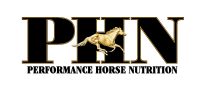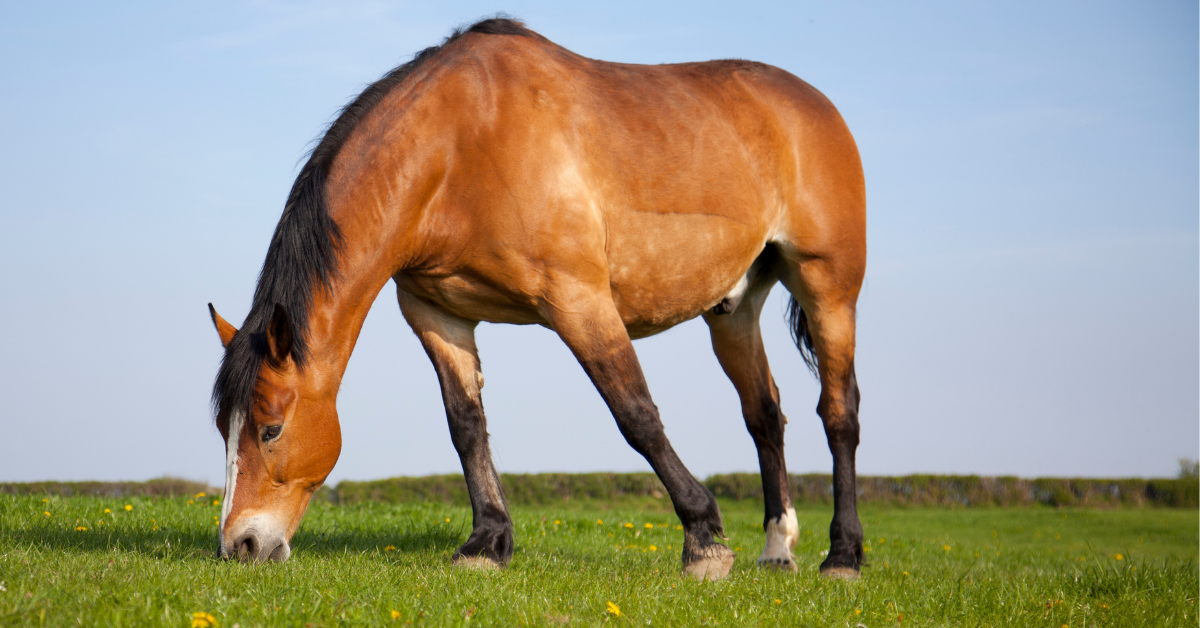RESEARCH:
REGIONAL FAT DISTRIBUTION
2021

Written by Performance Horse Nutrition
As is the scenario in the human population, obesity in horses is a very real problem. A recent survey of 300 mature horses reported that close to 20% were obese with a body condition score of 8 or 9a.
Obesity is associated with insulin resistance in horses and ponies and has been implicated with an increased risk of laminitis, particularly pasture associated laminitis, as well as decreased reproductive function in mares. Research in humans has revealed that regional fat deposition, such as abdominal fat, places patients at high risk for cardiovascular and insulin resistance. Currently, the most common system for assessing a horse’s fatness is using body condition scoring (1-9 scale). This method does not differentiate between specific regions of fat. Like abdominal fat in humans, neck crest fat in horses has been suggested to be associated with insulin resistance and increased risk for laminitis. Recent research has developed a novel scoring system for grading neck crest fatness. The “cresty neck scoring system” is on a scale of 0 to 5 where a score of zero equals no visual appearance of a crest, and a score of five equals an enormous, permanently drooping to one side crest. An increase in cresty neck score was associated with an increase in circulation insulin in the equines studied, potentially amplifying their risk for an array of metabolic diseases, including laminitis. It is crucial to find convenient, easy to use methods for the assessment of regional fatness. While body condition scoring is an accepted method for assessment of overall adiposity, cresty neck scoring could standardize the assessment of regional fat distribution on the crest of the neck. This system could provide critical information for horse owners that would aid in establishing the best management for their animals to reduce the risk of contracting these diseases.
a Thatcher, C. D., R. S. Pleasant, R. J. Geor, F. Elvinger, K. Negrin, J. Franklin, L. A. Gay, and S. Werre. 2007. Prevalence of obesity in mature horses: An equine body condition study. In: The American Academy of Veterinary Nutrition 7th Annual Clinical Nutrition and Research Symposium, Seattle, Washington. p 6.
Carter, R. A., R. J. Geor, W. B. Staniar, T. A. Cubitt, an P. A. Harris. 2007. Apparent adiposity assessed by standardized scoring systems and morphometric measurements in horses and ponies. The Veterinary Journal In Press, Corrected Proof, j.physletb.2003.10.071

